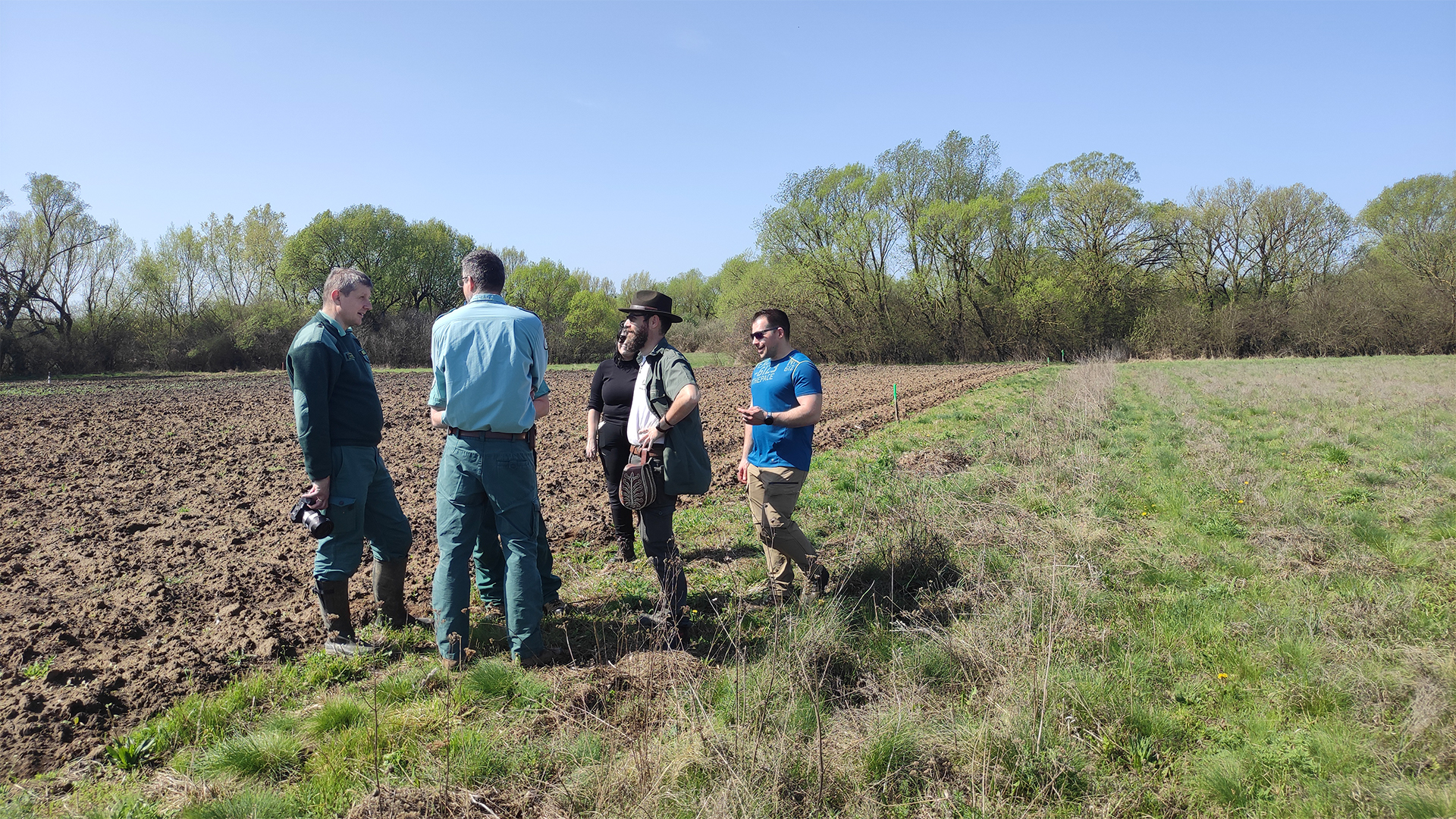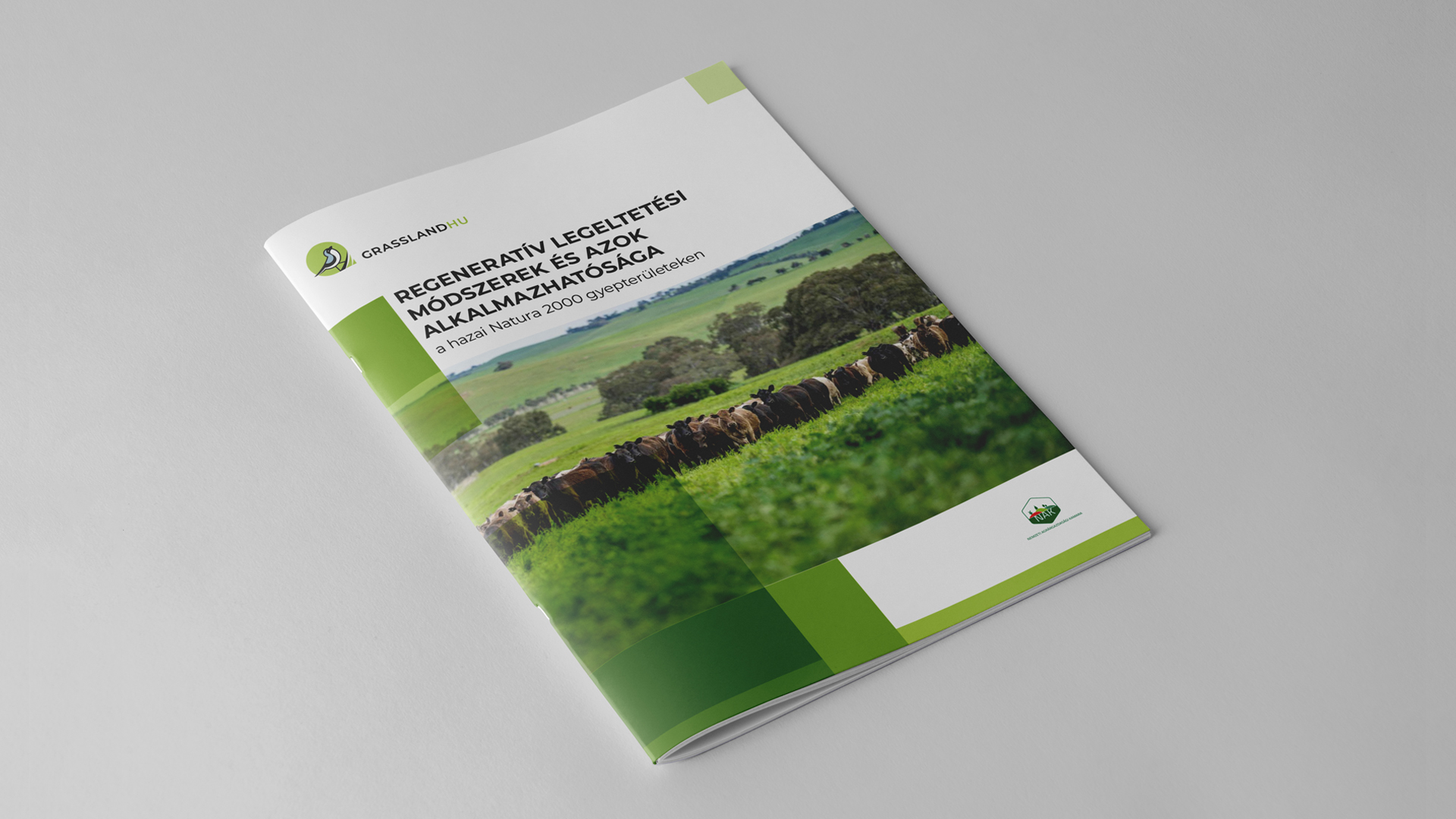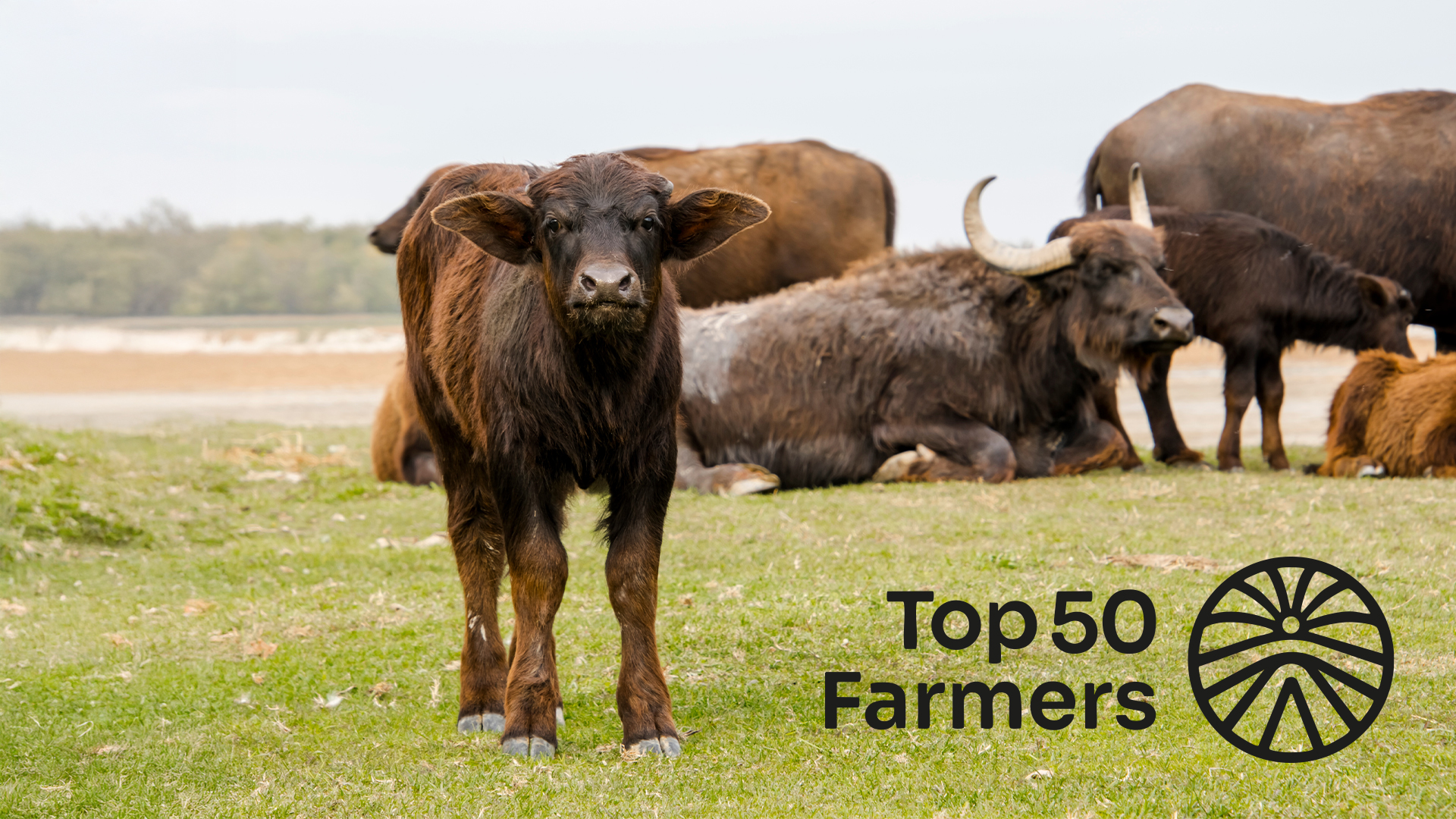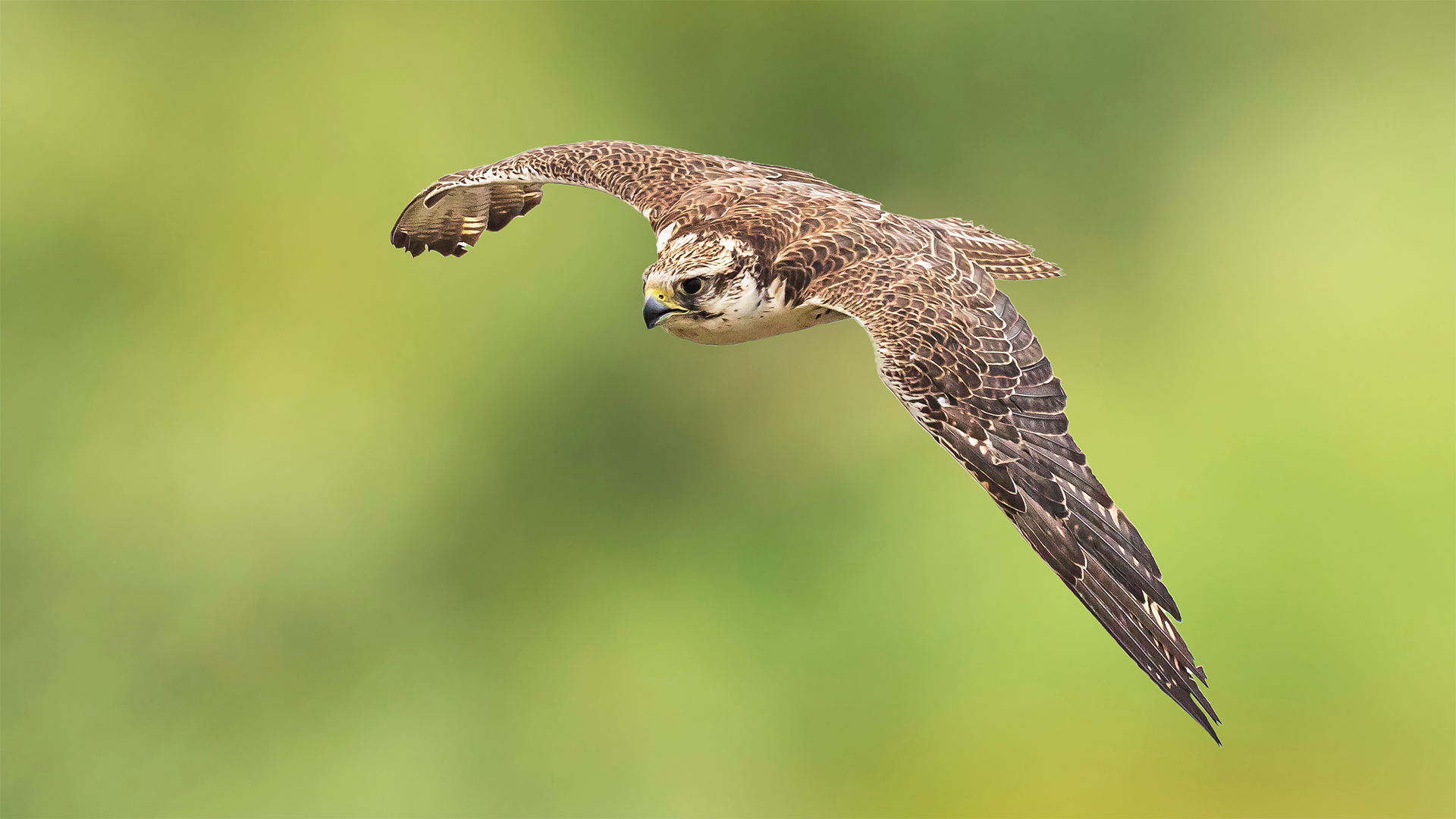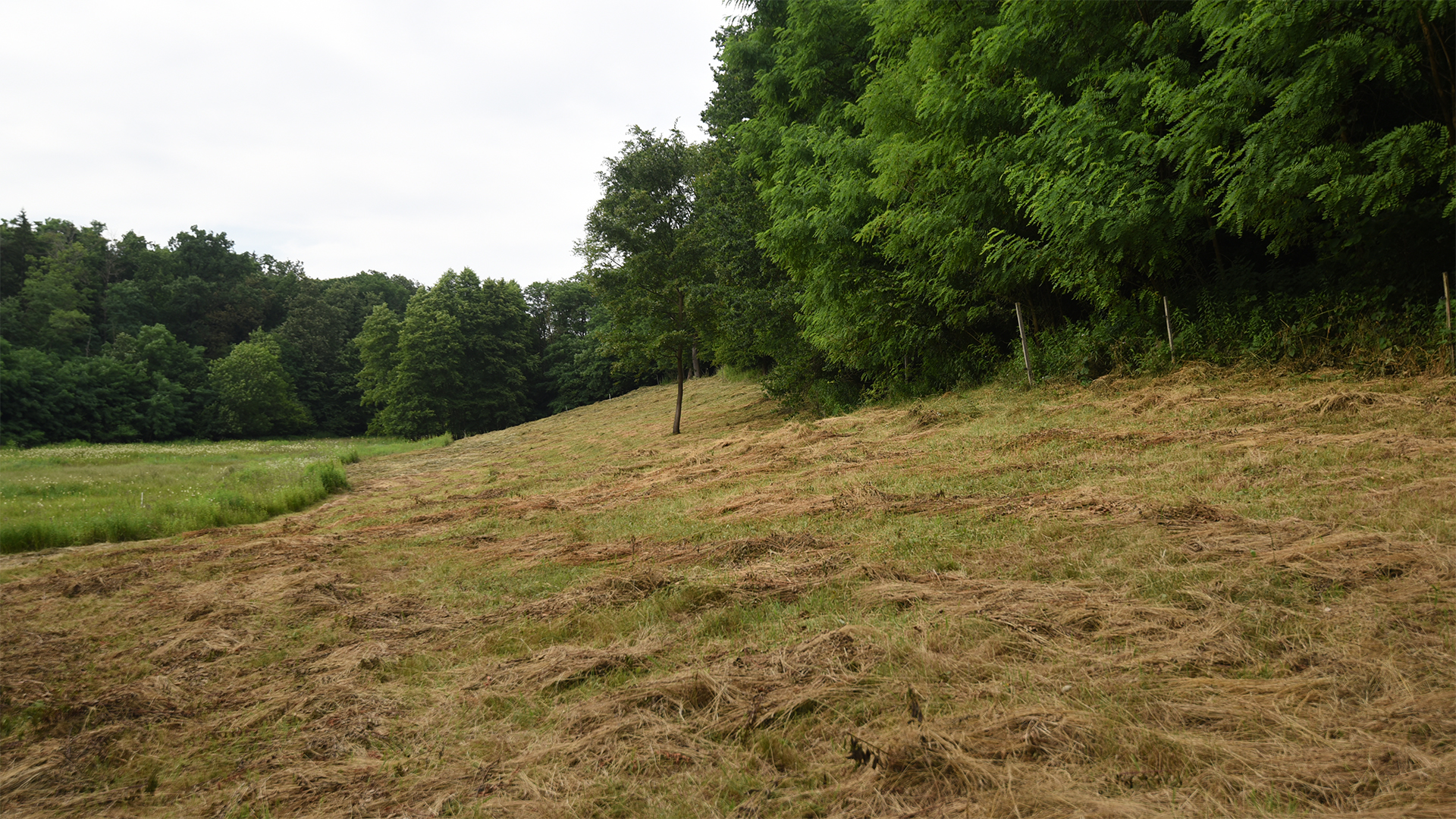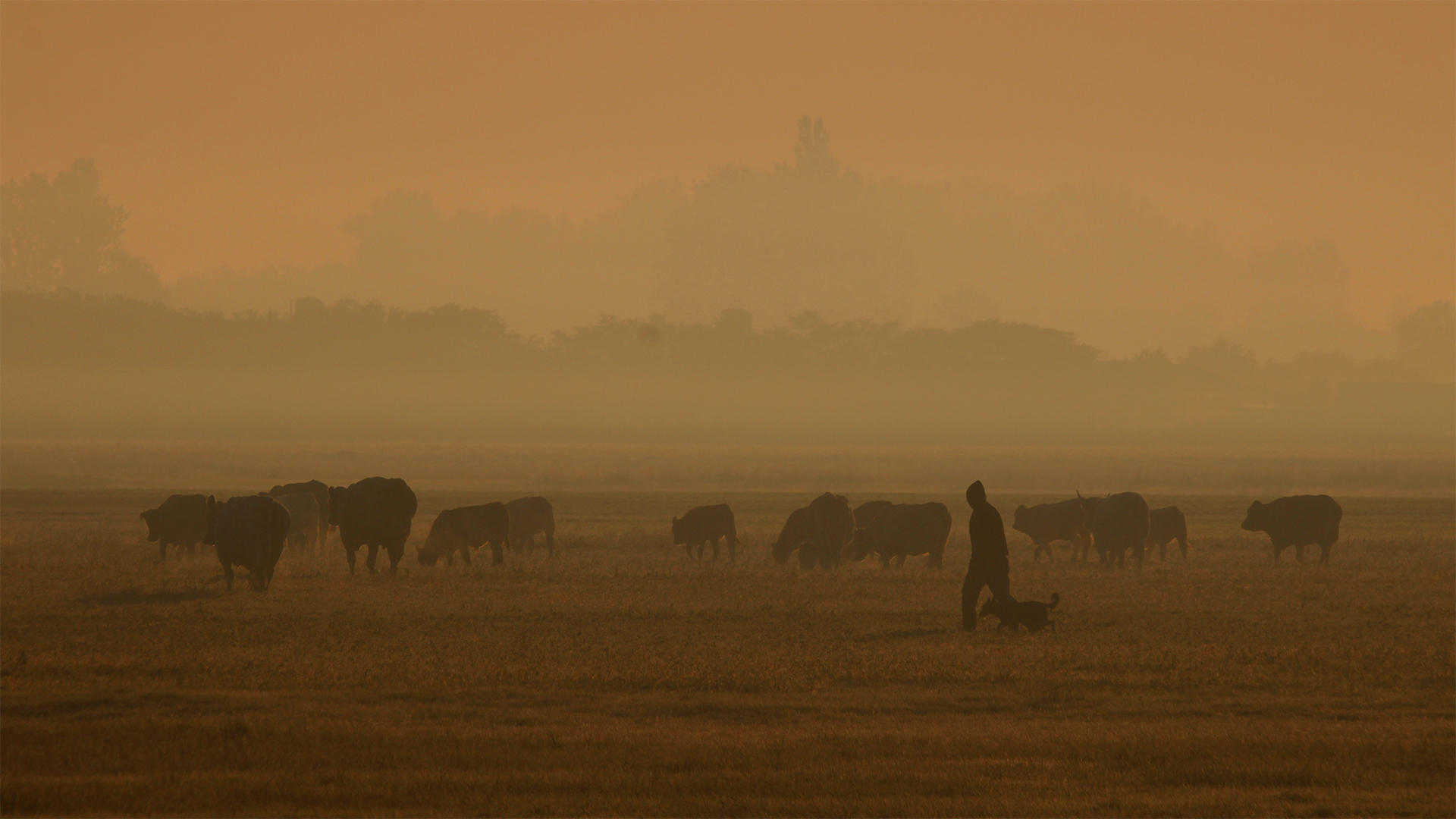Spring field visit to project sites
In the spring of 2025, the staff of the Hortobágy National Park Directorate organized a field day across several sites of the Grassland-HU project, which aims to ensure the long-term conservation of Pannonian grasslands and their associated habitats. Thanks to the habitat management activities carried out to date, we observed thriving plant communities at our demonstration sites.
